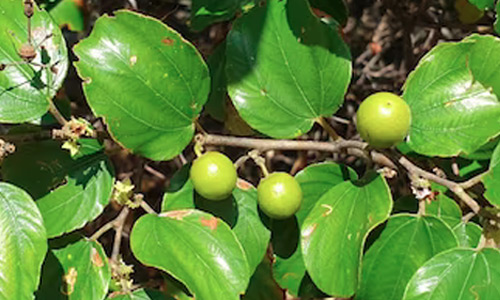We value your privacy
We use cookies to enhance your browsing experience, serve personalized ads or content, and analyze our traffic. By clicking "Accept All", you consent to our use of cookies.
We use cookies to help you navigate efficiently and perform certain functions. You will find detailed information about all cookies under each consent category below.
The cookies that are categorized as "Necessary" are stored on your browser as they are essential for enabling the basic functionalities of the site. ...
Necessary cookies are required to enable the basic features of this site, such as providing secure log-in or adjusting your consent preferences. These cookies do not store any personally identifiable data.
No cookies to display.
Functional cookies help perform certain functionalities like sharing the content of the website on social media platforms, collecting feedback, and other third-party features.
No cookies to display.
Analytical cookies are used to understand how visitors interact with the website. These cookies help provide information on metrics such as the number of visitors, bounce rate, traffic source, etc.
No cookies to display.
Performance cookies are used to understand and analyze the key performance indexes of the website which helps in delivering a better user experience for the visitors.
No cookies to display.
Advertisement cookies are used to provide visitors with customized advertisements based on the pages you visited previously and to analyze the effectiveness of the ad campaigns.
No cookies to display.
|
Division
|
Angiosperms |
|
Class
|
Dicotledons |
|
Subclass |
Polypetalae |
|
Series |
Disciflorae |
|
Order |
Celastrales |
|
Family
|
Rhamnaceae |
|
Genus
|
Ziziphus (Zizyphus) |
|
Species
|
mauritiana |

|
Etymology:
|
Derived from Greek word Ziziphus, name of the Mediterranean jujube which is derived from Arabic zizout, name of the lotus. |
|
Botanical name:
|
Ziziphus mauritiana Lam. (Zizyphus jujuba Lam.) |
|
Local/Trade Names: |
Indian Jujube, Common Jujube, Ber |
|
Conservation status:
|
Commonly found wild. |
|
Digonestic features:
|
A prickly tree. |
|
Description: |
A moderate sized tree. Bark dark grey or nearly black, young parts rusty tomentose. Leaves very variable, 2.5-10 cm long, sub-orbicular, elliptic or ovate, serrulate or entire, densely woolly-tomentose beneath. Flowers greenish-yellow. Fruit a drupes, 2-celled, 1.5 cm long, globose to ellipsoid or obovoid-acuminate, red or orange when ripe. |
|
Phenology: |
Fls.: Sept.-Nov. Frts.: Dec.-Feb. |
|
Distribution:
|
Throughout the India. |
|
Where to see it: |
Medicinal Plant Garden, Nutritive Garden and Gate No. 2 side. |
|
Uses: |
Fruits eaten fresh, dried like raisins, candied, stewed or smoked. Tree also yields fodder and is grown for wind-breaks. Large-sized fruits, which have just began to turn yellow are chosen for candying. Fruits of wild trees considered cooling, anodyne, and tonic. They enter into the preparation of Joshanda, a medicine used in chest troubles. Kernels sedative, used as a soporific and to stop vomiting; also employed as an antidote to aconite-poisoning and for abdominal pain in pregnancy. Seeds are given in diarrhoea. Badari is mentioned in old literature in the list of contracptives. Seeds yield a fatty oil. Leaves eaten with catechu as an astringent; considered diaphoretic. Wood used for wells, axe-and hoe-handles, gun-stocks, sandals, yokes, toys, parts of wheels, and turnery. |
Chief Conservator of Forests & Chief Wildlife Warden is the Head of the Department. There is one post of Conservator of Forests & two posts of Deputy Conservator of Forests viz.